Students of rhetoric learn the basics of successful persuasion from Aristotle. Logos reaches the mind with fact and reason. Pathos touches the heart with language, stories and symbols. And ethos builds trust through the credibility of the speaker.
But Aristotle could not consider technology and its impact on the ability of leaders to elevate pathos above logos. In the mid-20th century two philosophers, Jacques Ellul in France and Marshall McLuhan in Canada, predicted that we would someday live not in a world with propaganda but in a world that was itself propaganda—made up of only misinformation, disinformation, and lies, a world where technology amplified the ability for power to create truth.
We are close to being in that world today, made particularly dangerous in the time of COVID-19. The difference between Aristotle and McLuhan/Ellul is playing out daily on national television. McLuhan was famous for “the medium is the message,” the theory that technology trumps content. Ellul’s title, too, sounds eerily familiar: Propaganda: The Formation of Men’s Attitudes. But Aristotle may be making a comeback, thanks to New York Governor Andrew Cuomo and some courageous reporters and experts in the White House briefings.
The Cuomo briefings
He does not have the White House Seal but his daily briefings are watched by millions of Americans. Andrew Cuomo has captured the American imagination by following Aristotle. His father Mario, who famously compared campaigning to poetry and governing to prose, would be proud at this son’s combination of the two.
Cuomo’s daily briefings are a case study in transparency and truth to build trust. He begins with logos—with the sobering facts, sugarcoating nothing. Unlike Jack Nicholson in A Few Good Men, Cuomo believes the American people can handle the truth.
We know that the position of governor alone cannot convey ethos. He has the seal of New York behind him, but what gives him credibility in these times are the explanations of his actions and the responsibility he takes for them, building trust with New Yorkers and beyond. One poll shows that 87% of New Yorkers trust him in this crisis.
Governor Cuomo shows New Yorkers that he understands them and believes in them. The pathos is masterful. His graphics are simple. His symbols and stories are powerful. He labels social distancing “Matilda’s Rule,” after his mother (the state’s former First Lady) and talks to his younger brother Chris by video as he fights COVID-19. He organizes the New York hospital systems with labels like “Surge and Flex.” Pleading with other states and the federal government to step up and help, he offers to drive trucks across the country to return loaned equipment. Amid “New York Pause,” he offers hope for “restarting life.” He inspires New Yorkers and Americans to be their better selves with quotes from Churchill and his father. He jokes with reporters but answers their questions or says he doesn’t know and turns to the experts to answer. And he has figured out how to mention the president only when he is thanking him or making a specific request.
The White House briefings and media coverage
In 2017, researchers at Harvard’s Berkman Klein Center for Internet and Society, based on their study of partisanship and propaganda in the 2016 campaign, challenged reporters in the Columbia Journalism Review as follows:
“Rebuilding a basis on which Americans can form a shared belief about what is going on is a precondition of democracy, and the most important task confronting the press going forward…To accomplish this, traditional media needs to reorient, not by developing better viral content and clickbait to compete in the social media environment, but by recognizing that it is operating in a propaganda and disinformation-rich environment… Rising to this challenge could usher in a new golden age for the Fourth Estate.”
In the age of COVID-19 that propaganda and disinformation-rich environment makes the virus even more deadly and the role of both leadership and the media crucial to saving lives.
Some news organizations are rising to the occasion and viewership is up for network nightly news and local newscasts. Others were slow to meet the challenge, contributing to misinformation. Some conservative media continued to play down the threat into March, either prompting or promoting the president’s language and amplifying it in the conservative media propaganda bubble. Kayleigh McEnany, spokesperson for Trump’s 2020 campaign was one of those people; she was named White House press secretary this week. (It is important to note that such behavior was not universal among conservative talking heads; Fox News anchor Tucker Carlson, alone among his colleagues, was raising the alarm early and helped convince the president to treat the threat seriously.)
In order to deliver COVID-19 taskforce updates daily, the White House briefing room was dusted off by this president, who shut down the daily press briefings over a year ago. His press secretary Stephanie Grisham left the post this week without holding a single briefing during her tenure—a first. Still, in the newly revived briefings, too few reporters are showing the courage to persist in questioning the president’s misinformation and contradictions of experts. When Mr. Trump finally takes questions, many reporters fail to frame the right questions, stick to follow-ups, and build off each other to get answers. Yamiche Alcindor of PBS is one of the exceptions, but she and others whose courage is representing the best in journalism are pawns in the president’s latest reality show. His attacks on the media, a staple of his rallies, are now a key part of his COVID-19 briefings. Recently a reporter yielded back the microphone to a colleague whose question had not been answered. That’s a start.
I have written here before about the White House briefing room and the role of the administration and its spokespeople in informing the American people. As Marlin Fitzwater, George H.W. Bush’s press secretary, said: “We are doing the work of the American people and we should be able to explain it.” Immediately before the inauguration, I encouraged reporters to cover the policy impacts beyond the White House if the briefings did not provide useful factual information or if they were suspended completely by the administration. The challenge now is to do that while also covering the substantive parts of the White House briefings, separating expert fact from misinformation and holding the president and his administration accountable with responsible, objective reporting.
Experts like Dr. Anthony Fauci, Dr. Deborah Birx and other administration officials provide the White House briefings with credibility and information important to the American people. The ratings are high. For those two reasons, the networks will continue to carry them even though the president contradicts his own experts, models questionable behavior such as saying he won’t follow CDC guidelines on masks, and returns often to the non-COVID themes of his rallies. It is a catch-22 because by carrying them, unless experts like Dr. Fauci and Dr. Birx can correct speakers in real time, the networks in effect have become what some have called “participatory propagandists.”[1] They aid a president capable of stopping Dr. Fauci from answering a reporter’s question about the efficacy (or lack thereof) of hydroxychloroquine as a treatment or prophylactic for COVID-19.
Gov. Cuomo’s briefings and his Twitter feed reflect not only the facts, stories, and credibility Aristotle called for, they follow the advice of an unlikely source, Kellyanne Conway, who captured Donald Trump’s victory this way: “ People care more about what affects them than what offends them.” Cuomo’s trust ratings reflect that people believe he understands and feels what affects them. “It’s about ‘we,’ not about ‘me,’” he says. The White House might take note. The president’s comments at the podium too often use the language familiar to propagandists: taking offense, going on the attack, and shifting blame.
The Cuomo model is what Americans need in time of crisis. Mr. Cuomo, following Aristotle’s insights, is binding up our nation’s fabric as it frays. We need more of that from our leaders, not a belief that the medium is the message and power can create reality. In the time of COVID-19 we need Aristotle to trump McLuhan and Ellul, with the help of courageous leaders, experts, and journalists. Lives depend on it.
[1] On participatory propaganda see: Wanless, Alicia & Berk, Michael. (2017). Participatory Propaganda: The Engagement of Audiences in the Spread of Persuasive Communications. MIT: https://jods.mitpress.mit.edu/pub/jyzg7j6x
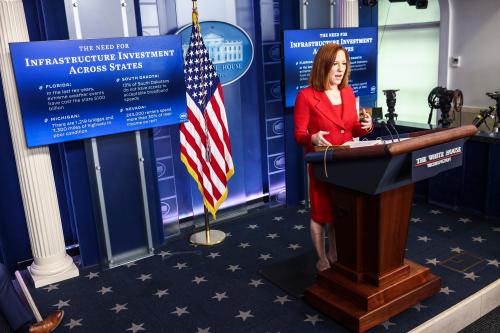
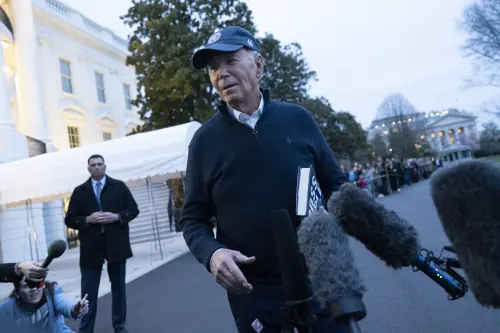
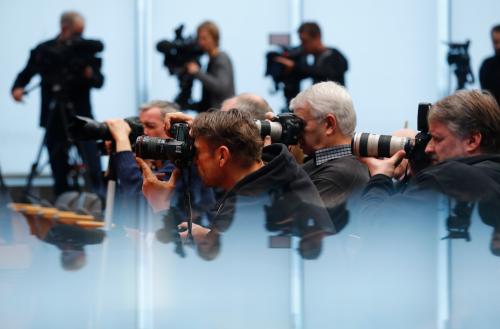
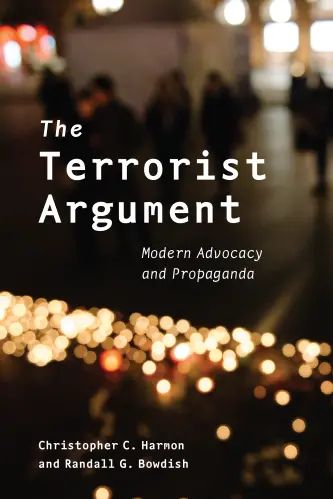
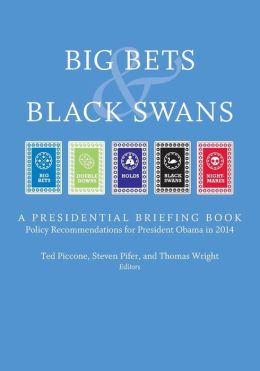

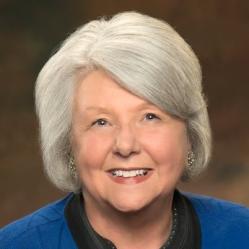



Commentary
Cuomo and Trump’s daily briefings in a propaganda world
April 8, 2020